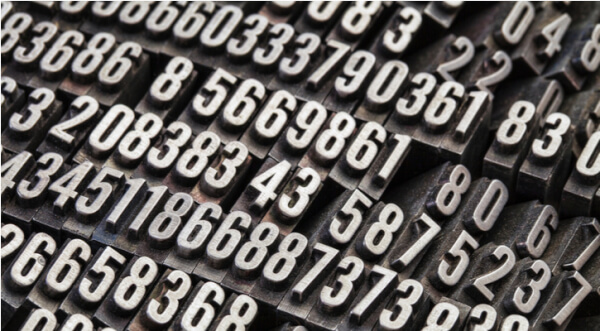What is a BSB code? How to get one and where to find it.
If you’re making a bank transfer in Australia, you'll need a BSB code. Read on to check where to find one or whether you have the correct one.

If you’ve sent money to someone in India, you might have been faced with the question of whether you need a FIRC. Meaning, what, exactly?
An FIRC is part of making international money transfers to India, but that doesn’t mean everyone knows what they are. Luckily, they’re not too complicated. All it takes is a little research to know exactly what a FIRC is, whether you need one, and how to get it.
Read on to learn what you need to know about sending money to India and getting a FIRC.
A Foreign Inward Remittance Certificate (FIRC) is a document that acts as a testimonial that all incoming international transfers ended up in the account where they were supposed to go. It’s kind of like a receipt in that it’s used as proof that an individual or a business has received a transfer from outside of India.
The document usually contains the following information:
A FIRC acts as documentation of a foreign money transfer. It tracks the amount of the transfer in both the foreign currency and in rupees, as well as where the transfer comes from and where it ends up. Since the unfortunate reality is that a small percentage of foreign fund transactions can be used for illegal activities like money laundering, a FIRC is a safeguard against a lot of legal hassle if your transaction gets flagged for looking suspicious. For that reason, you may want to ask for a FIRC for transfers made into your Indian bank account.
For example, if you’re issuing shares to a foreign person or entity, a FIRC serves as proof that the share application money was received. A FIRC also demonstrates proof of share purchase between a resident Indian and non-resident buyer.
Recently in 2016, the RBI updated regulations as far as what banks will issue FIRCs for. So this may depend on the bank. But, in general the following 2 documents can be issued by “AD (Authorized Dealer) Category I” banks in India as proof of foreign transfers to India:
In all other cases of inward remittances, many banks in India may issue you a foreign inward remittance advice (similar to a certificate of inward remittance). This advice usually contains similar details as a FIRC. Please note, such advices are typically available for businesses only.
When you transfer money to an account in India, depending on the nature of remittance transaction, your recipient in India can request an FIRC (or an advice) letter from the first bank who processed the foreign transaction, asking them to send a FIRC to the recipient.
If your transaction falls under the scope of reporting under EDPMS, your transaction is eligible for an e-FIRC. As such, you would need to follow the guidance of RBI regulations and the bank in India where the remittance was received.
For other cases, to request a FIRC or an advice, your recipient will need to send a letter to the first bank including the details of the transaction:
Such a request will have to be accompanied with a FIRC/advice request letter from the recipient’s bank detailing the transaction details. The recipient will then pay for the issuance of the FIRC/advice, which will be delivered to the recipient of the transfer either physically or electronically.
A fast, safe and secure way to send money internationally, including to India, is Wise. Unlike a traditional money transfer service or a bank transfer, there are no hidden fees or exchange rate markups when you send money abroad with Wise. Banks often mark up their exchange rates by 4-5% in order to make a profit off your transfer; if you’re not sure if you’re getting a good deal through your bank, check an online currency converter and compare the difference in the exchange rates. You’ll see.
Wise, on the other hand, transfers money at the exact mid-market rate -- the exchange rate you see on Google. There are no hidden fees or markups; just a small, fair transfer fee that you approve up front.
Try Wise today and see how easy it can be to move money across borders.
Hopefully, with this information, you feel more prepared to send money overseas to India. Good luck with your transfer!
*Please see terms of use and product availability for your region or visit Wise fees and pricing for the most up to date pricing and fee information.
This publication is provided for general information purposes and does not constitute legal, tax or other professional advice from Wise Payments Limited or its subsidiaries and its affiliates, and it is not intended as a substitute for obtaining advice from a financial advisor or any other professional.
We make no representations, warranties or guarantees, whether expressed or implied, that the content in the publication is accurate, complete or up to date.

If you’re making a bank transfer in Australia, you'll need a BSB code. Read on to check where to find one or whether you have the correct one.

Read our guide to CHAPS, BACS, SWIFT and Faster Payments, with all the specifics, differences, and other details you need to know.

Wondering what the SWIFT network is and what it has to do with you? You've come to the right place. Read on.

Anyone spending a considerable amount of time in Chile is going to encounter a couple of important acronyms: RUT and RUN. If you have plans to live or travel...

Do you want to learn more about CPF and CNPJ in Brazil? Read this article to find out what they are, and what the difference between them is.

If you're trying to work out what an ABA number or an ACH number is, or what the difference is between and EFT or a Wire, read this article to find out